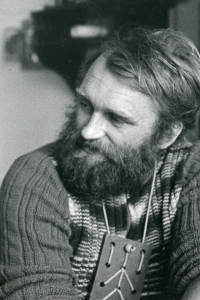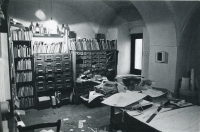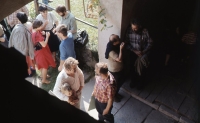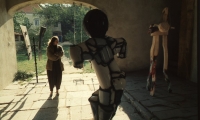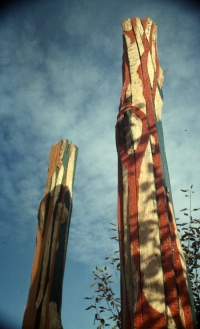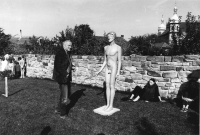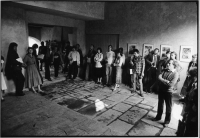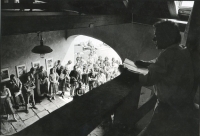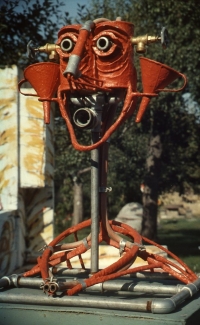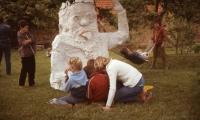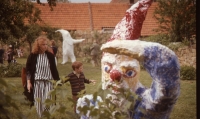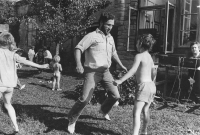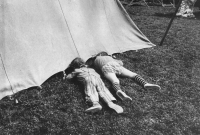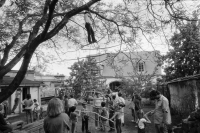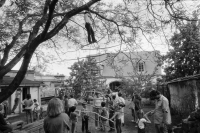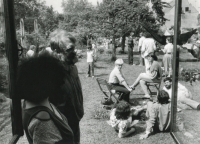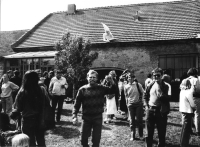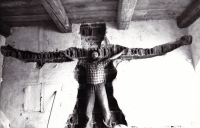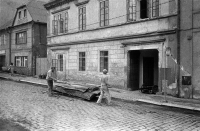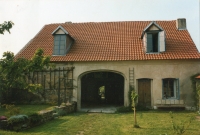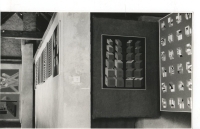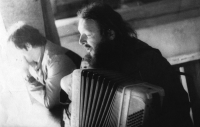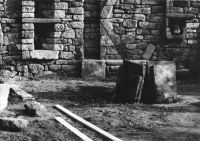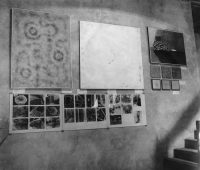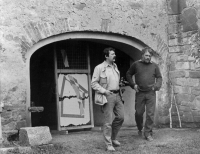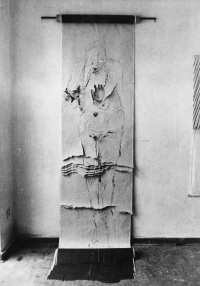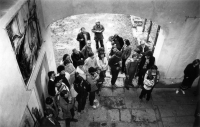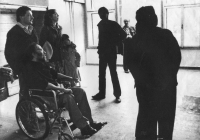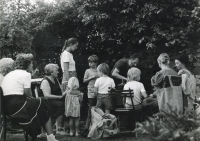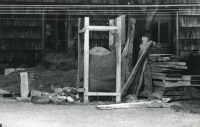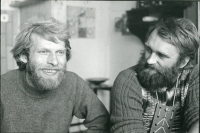We kept hearing: And why do they do it?
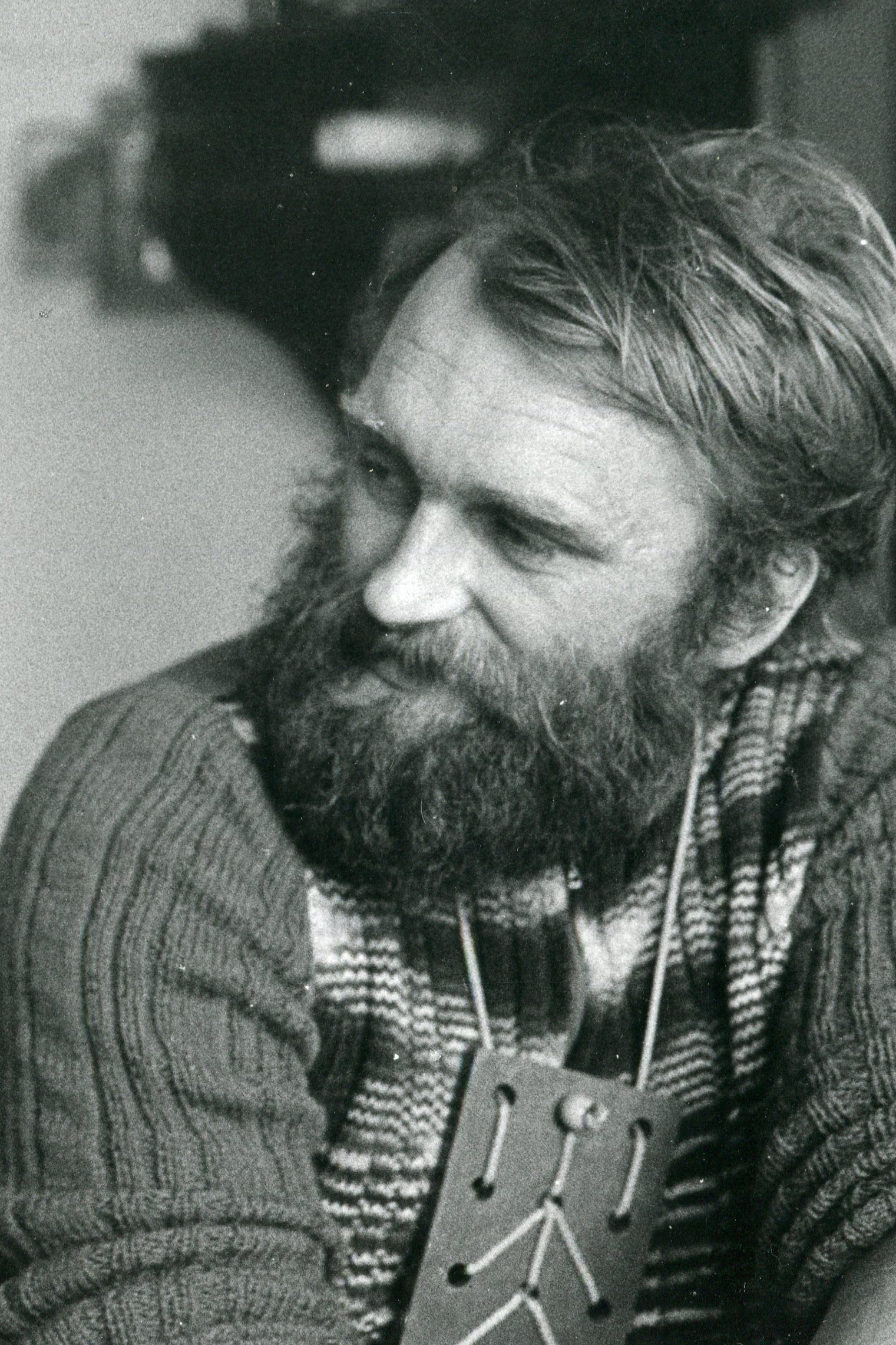
Download image
Jiří Hůla was born on June 7, 1944, in Prague, but spent his childhood in Kostelec nad Černými lesy, where his father came from and where the family moved when Jiří was three years old. In the mid-1960s, he joined the Faculty of Education of the Palacký University in Olomouc, where he studied mathematics and physical education. Until 1974, he lived in Ostrava and commuted to teach in Hlučín and Opava. At that time, in addition to writing for the local editorial office of Czechoslovak Radio, he began to engage in experimental poetry and collage rearrangement of existing images. At the end of the 1970s, he started working in the Computer Technology Company with Josef Volvovič. They created computer programs that modified inserted poetry or fiction based on a random number generator or other mathematical algorithms in their spare time. At that time, Jiří wrote columns about contemporary Prague exhibitions in Svobodné slovo and Gramorevue magazine. In 1983, together with his brother Zdeněk, they founded Gallery H, located in the church building where they both grew up. Subsequently, several significant authors of the post-war generation and emerging postmodernism exhibited in the alternative space. In 1988, however, the Hůlas discontinued the gallery due to the changing social atmosphere, which no longer required the excessive division of culture into official and unofficial spheres. After the Velvet Revolution, Jiří was very active in the local Civic Forum. In the 1990s, he returned to writing about fine arts. Until recently, he had his own program on Czech Radio. In 2014, he was nominated for the Award of the Ministry of Culture for his long-term contribution to visual arts. Jiří Hůla died on 23rd September 2022.
